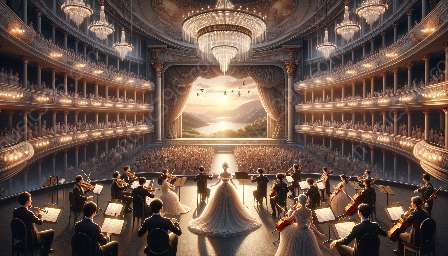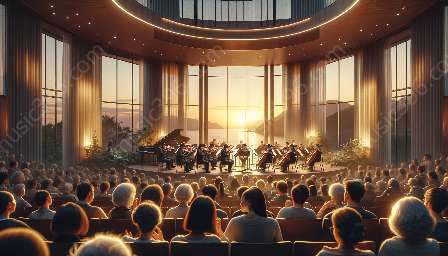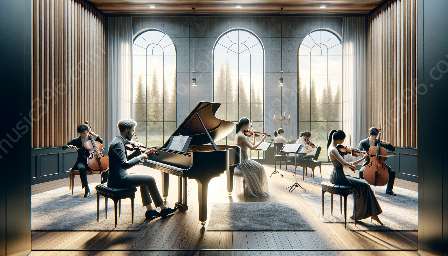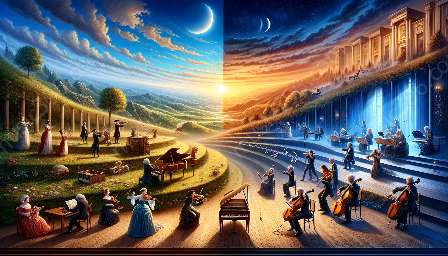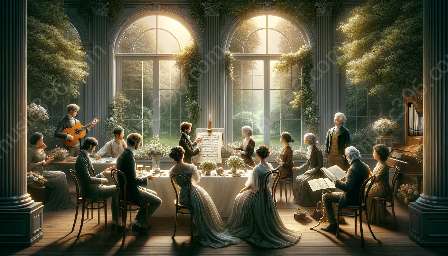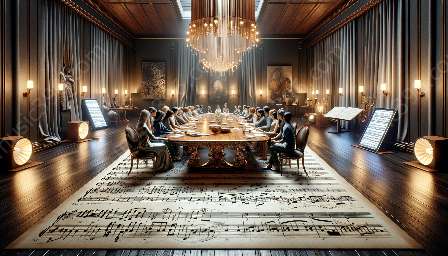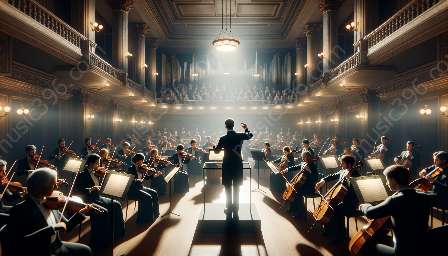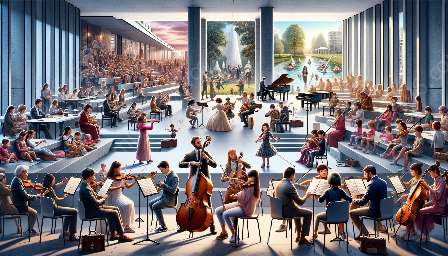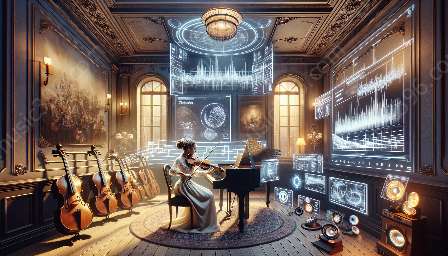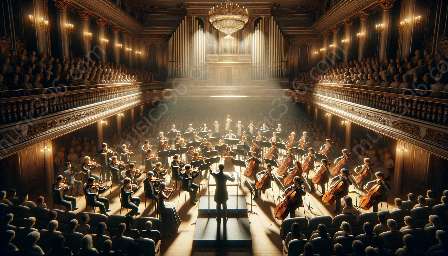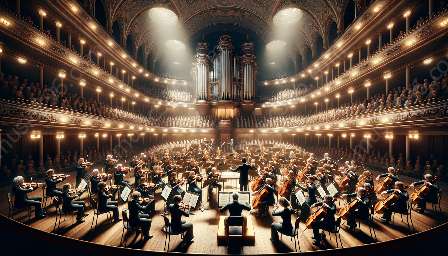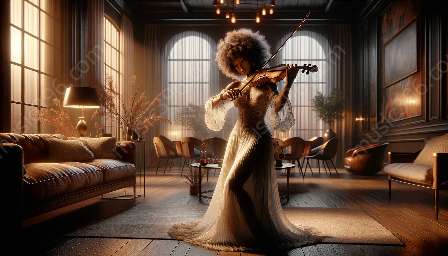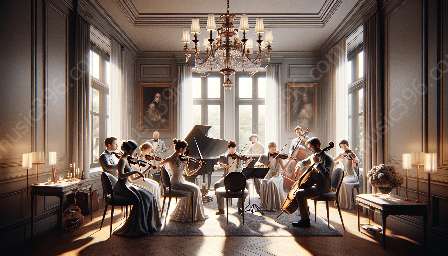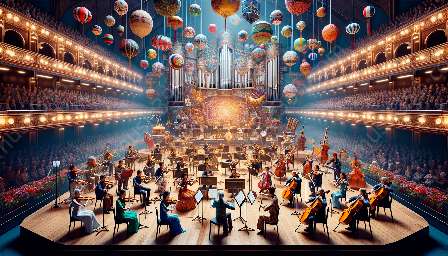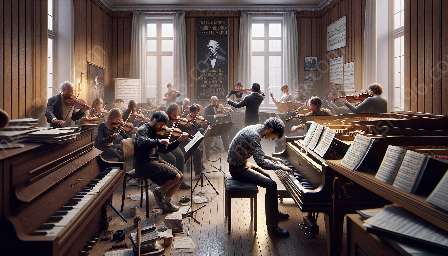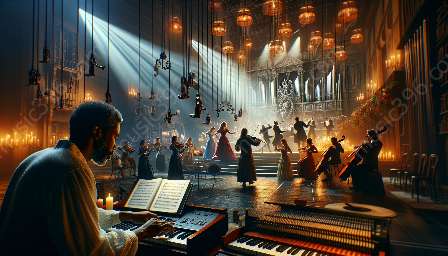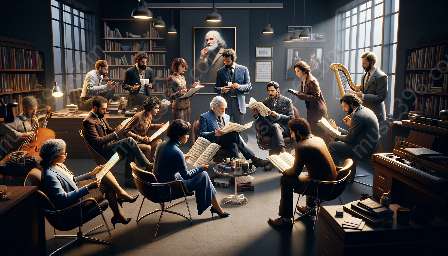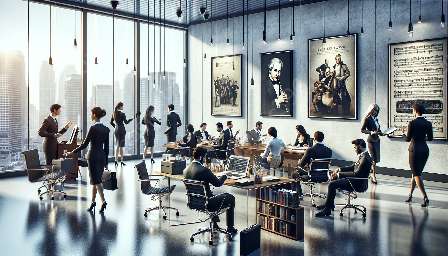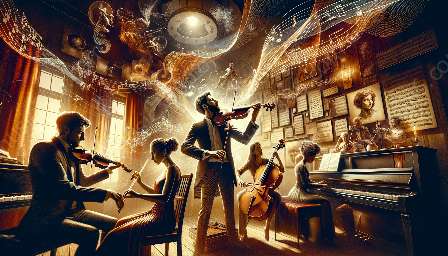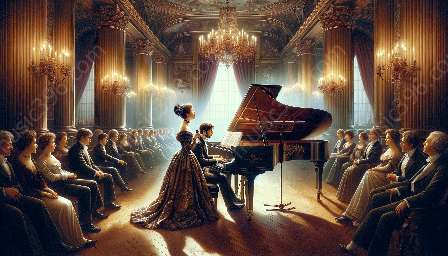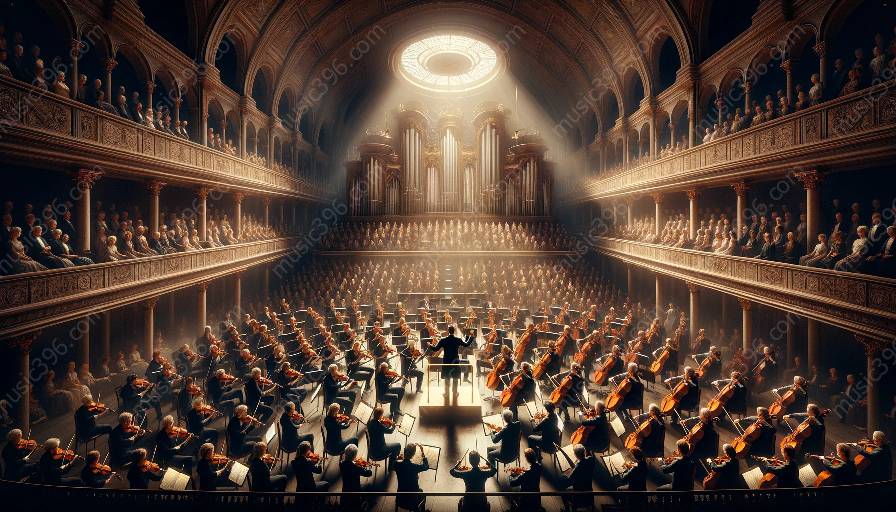Classical music, with its rich traditions and timeless compositions, has been shaped by a variety of social and political influences throughout history. In this article, we will explore the impact of these influences on the development of classical symphony and concerto composition, and gain a deeper understanding of how they have contributed to the evolution of this revered musical genre.
The Classical Symphony: A Reflection of Societal Changes
The symphony, a musical form that emerged during the Classical period, was not immune to the social and political currents of its time. The structure and thematic development of the symphony were greatly influenced by the societal changes of the era. The Enlightenment, a period marked by intellectual and philosophical advancements, had a profound impact on the subject matter and emotional expression found in symphonic works.
Composers such as Mozart, Haydn, and Beethoven, among others, navigated the societal shifts of their time through their symphonic compositions. The symphony became a platform for expressing the ideals of the Enlightenment, with its emphasis on reason, individualism, and universal truths. Symphonies often reflected the optimism and aspirations of the period, as well as the tensions and complexities brought about by rapid societal changes.
Political Implications in the Concerto Form
Similarly, the concerto, with its characteristic dialogue between soloist and orchestra, was not isolated from the political landscape in which it was conceived. In many instances, concertos served as vehicles for political expression and commentary. During the Romantic period, the growing nationalist sentiments across Europe found resonance in the concerto form, as composers incorporated folk melodies and themes from their respective cultures into their concertos, thereby infusing their works with a sense of national identity and pride.
Furthermore, the concerto was a means for composers to engage with the societal stratification and power dynamics of their time. Concertos often showcased the virtuosity and prowess of solo performers, reflecting the values and aspirations of the aristocracy and the emerging middle class. The tension between the individual soloist and the collective orchestra mirrored the power struggles inherent in the social and political structures of the era.
Evolution of Classical Music Through Sociopolitical Influences
As classical music evolved and adapted to changing societal and political landscapes, the symphony and concerto continued to reflect these influences, serving as microcosms of the broader cultural milieu. The socio-political shifts from the Enlightenment to the Romantic era, and later to the nationalist movements of the 19th century, left indelible marks on the compositions of renowned symphonists and concerto composers.
Notably, the symphonic and concerto forms were not only shaped by external influences, but also played a role in shaping public sentiment and political discourse. The premieres of symphonic works often became events of social significance, where the themes and emotions conveyed in the music resonated with the collective consciousness of the audience, and at times, engendered discussions on pressing societal issues.
Influence of Social and Political Ideals on Compositional Techniques
The impact of social and political influences on classical symphony and concerto composition extended beyond thematic content and narrative expression. It also permeated the very fabric of compositional techniques employed by the composers. The use of musical forms, harmonic language, and orchestration bore the imprints of societal and political undercurrents, as composers sought to convey their perspectives on the world through their music.
Moreover, the relationship between patrons and composers, often entwined with social and political affiliations, exerted a direct influence on the creation and dissemination of symphonic and concerto works. Composers relied on the support of patrons and institutions, whose interests and allegiances could shape the content and reception of their compositions.
Legacy and Contemporary Reflections
The enduring legacy of classical symphony and concerto composition attests to the profound impact of social and political influences on the development of these musical forms. Even in contemporary times, composers continue to engage with the societal and political milieu through their symphonic and concerto works, addressing issues and themes that resonate with today's audiences.
As audiences revisit and reinterpret classical symphonic and concerto repertoires, they are afforded the opportunity to glean insights into the historical contexts and the enduring relevance of these compositions, thereby fostering a deeper appreciation for the interconnectedness between music, society, and politics.

